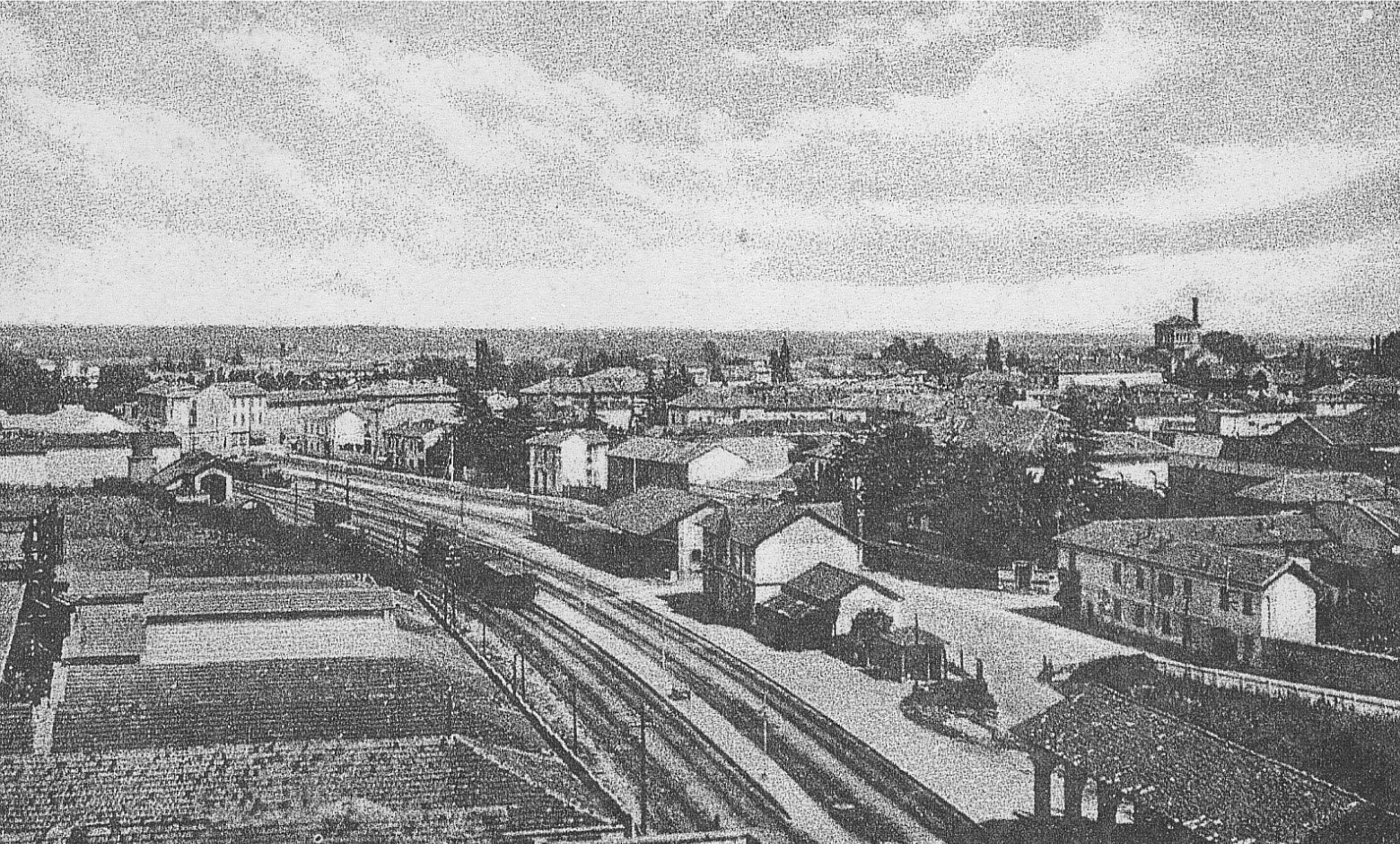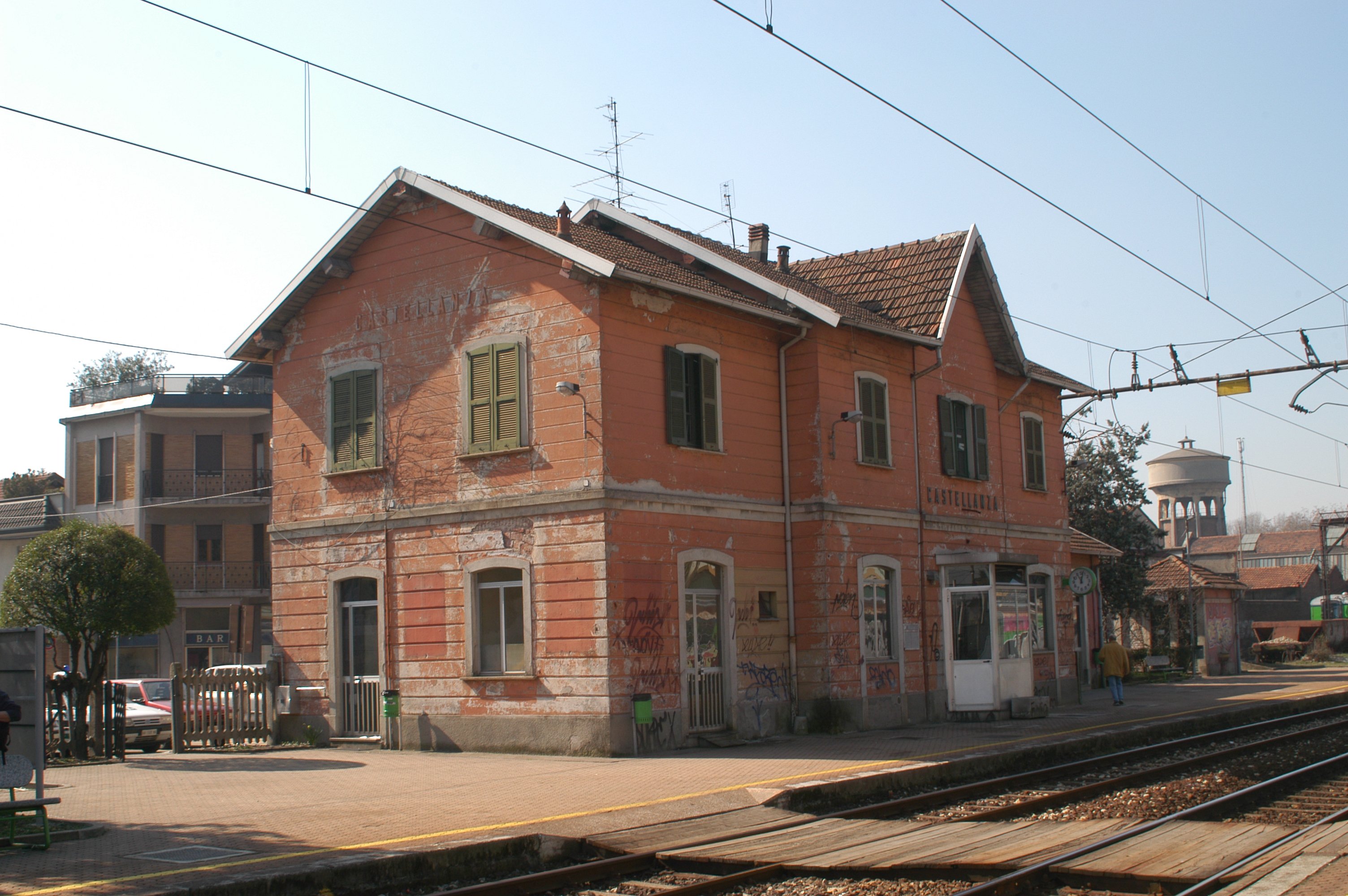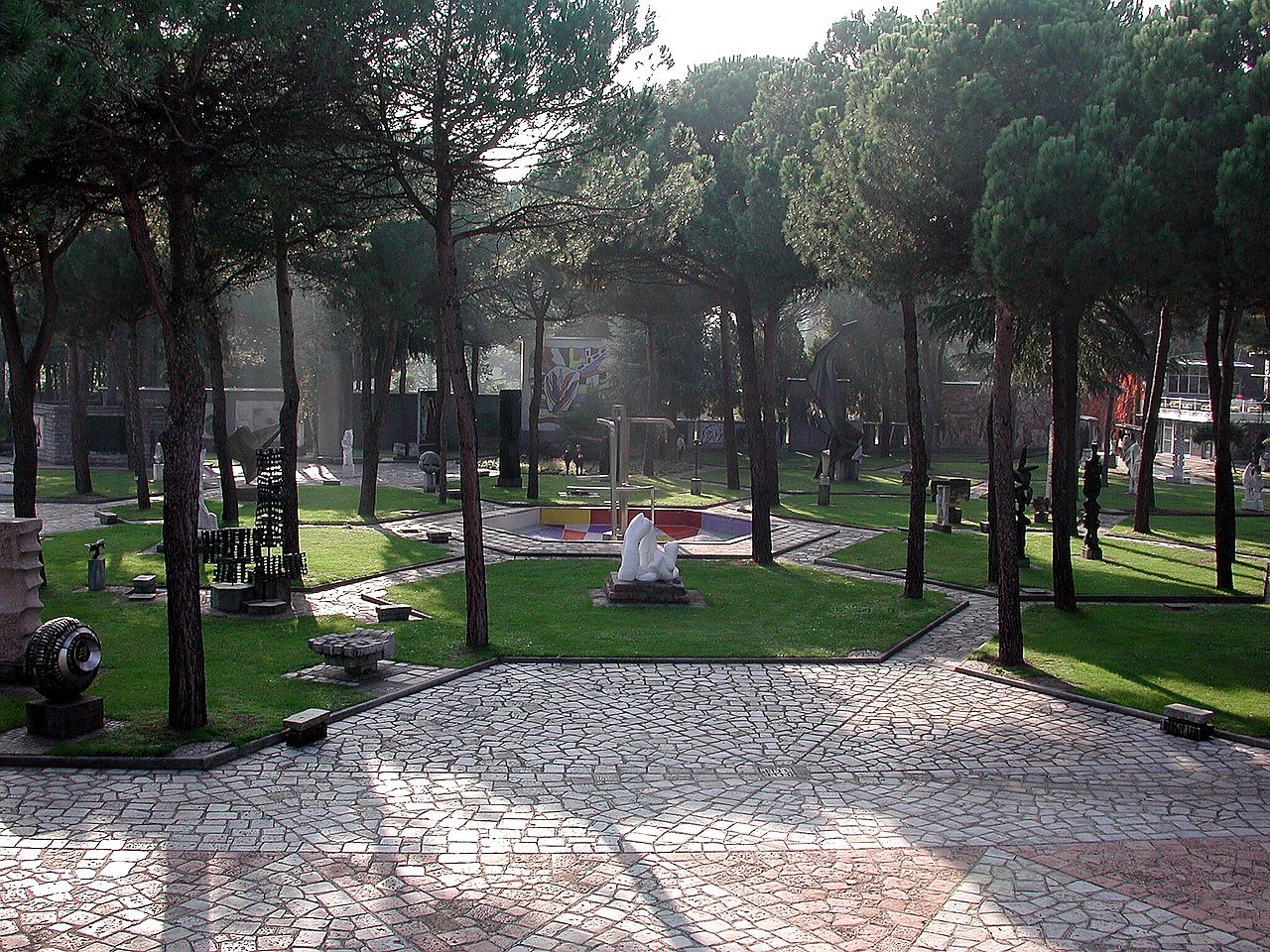Castellanza


Castellanza is the last town in the Olona Valley, south of the Varese Prealps, and is at the centre of a conurbation which includes Busto Arsizio, Legnano and Olgiate Olona, straddling the border with the Metropolitan City of Milan. It is crossed by the Olona river, which divides the municipal area in two. The city’s layout features two historic centres: Castellanza and Castegnate, situated on each side of the valley, and marked by a network of parallel roads which lead to the Olona, where the old mills once were. Castegnate is a hamlet of Castellanza east of the Olona river. In 1845 the Cotonificio Cantoni cotton mill was founded, followed by Cotonificio Francesco Turati (1875) and machine manufacturer Pomini (1886). In 1888, Turati was taken over by Manifattura Tosi, which built a second facility for bleaching in Garottola. A new municipality was established on 1 May 1869 by merging the towns of Castellanza and Castegnate Olona, representing the communities living on both sides of the Olona river.
Between 1880 and 1966 the city was served by the Milano-Gallarate tramway, run by the STIE.
Gallery

Panoramic view of the facilities, 1920s 
The old passenger building in 2004, still standing today but no longer in use 
The Pagani museum of modern art, also known simply as the Pagani museum, is an open-air exhibition space in Castellanza, in the province of Varese, Lombardy. It is named after its creator, Enzo Pagani. Founded in 1957 and opened in 1965, it was Italy’s first museum park. It lies in a large green area of about 40,000 m² and contains sculptures and mosaics by numerous artists from a variety of different modern and contemporary art movements.